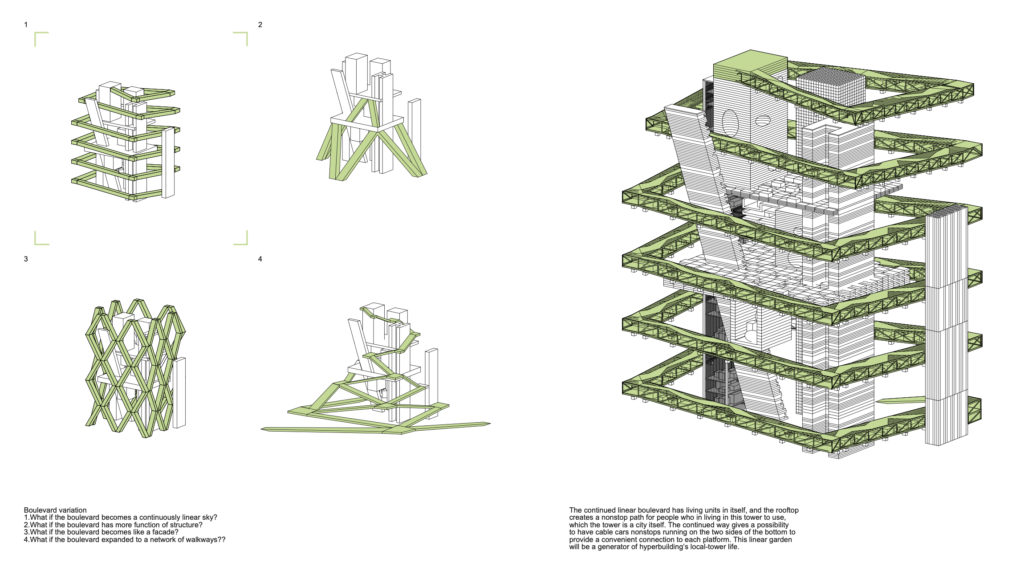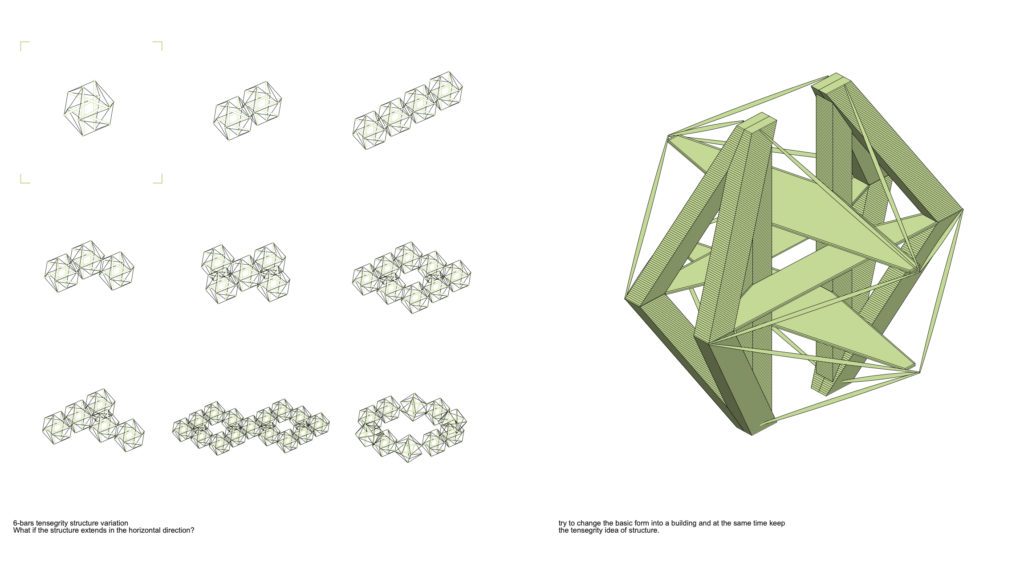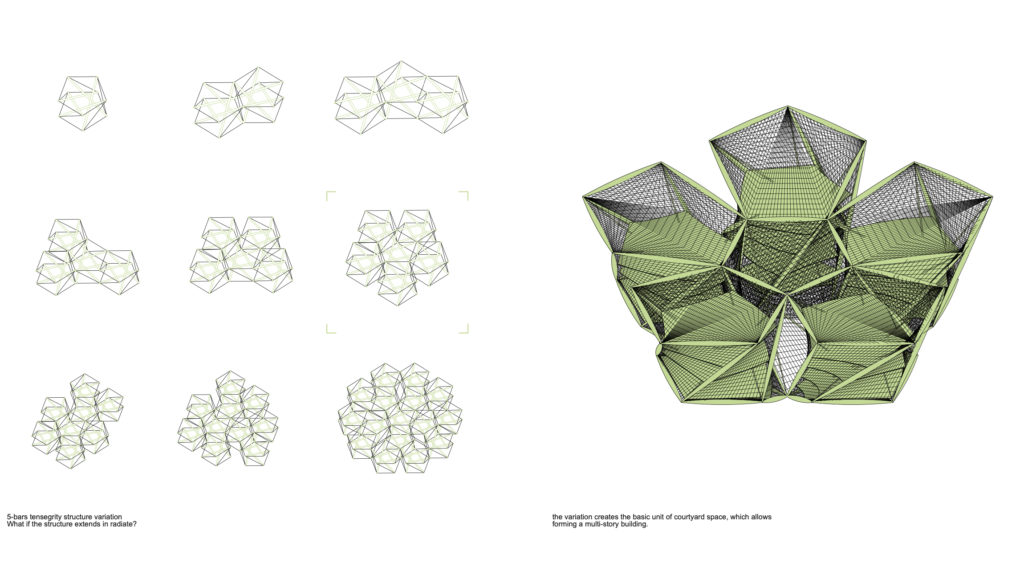A Speculative Catalogue of Programs, Structures, and Forms

INTRODUCTION
Abstract
Skyscraper is a typology occured in specific conditions of capitalism that became a universal tool for urban development or a “large scale architectural machine” as Ciro Najle characterizes it in his The Generic Sublime text. But what are the mechanisms of this machine? Contemporary culture of globality creates new extra-extra large typologies functioning as system of systems. However these typologies can not be longer considered as general model, since they are subject to sublime conditions. At the same time they still keep the characteristics that allow to recorgnize them as one of a type. That provokes question how something generic can become something unique?
Methodology
The work consists of a series of exercises complete in a certain sequence following established procedure. The first exercise of each section is the analysis of the text, the result of which should be extraction of the primary concepts by highlighting key words that would serve as touchdown points in further investigations. Next exercise intends using visual experience of watching a movie to think of the idea of high-rise buildings in hyperbolized way. Science-fiction movie is used as a medium to visualize extreme conditions of the skyscraper’s typology. For the next stage of our research, we had to choose built example of skyscraper that in certain way questions the traditional interpretation of verticality.
Materials
Section I: POST-CARBON: Text: ?The Case for a More Literal Architecture, ? Kiel Moe; Film: Metropolis (Fritz Lang, 1927); Case Study: Marina Bay Sands, Safdie Architects, 2011;
Section II: POST-VERTICAL: Text: ?The Generic Sublime, ? Ciro Najle; Film: Blade Runner (Ridley Scott, 1982);
Case Study: Tensegrity structures, Buckminster Fuller, 1960s;
Section III: POST-HUMAN: Text: ?BIGNESS ?, Rem Koolhaas; Film: Blade Runner 2049 (Denis Villeneuve, 2017); Case Study: HYPER-BUILDING, Rem Koolhaas 1995;





